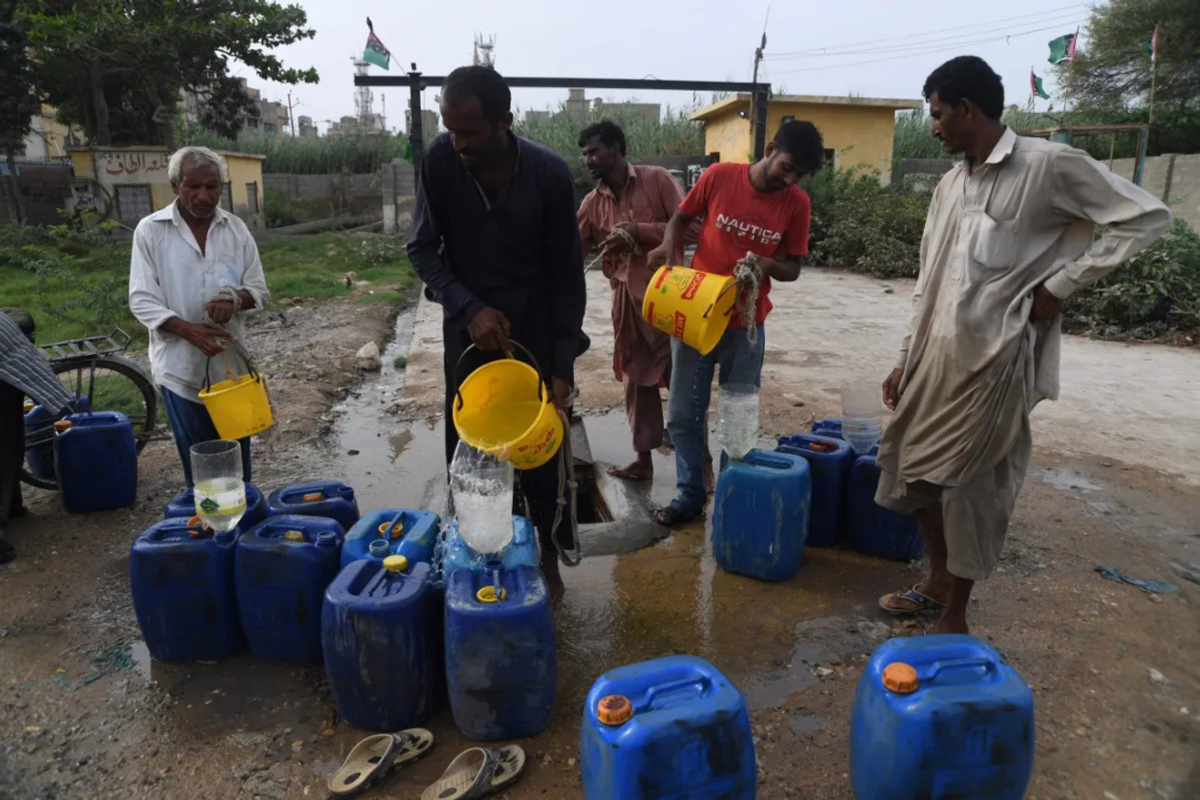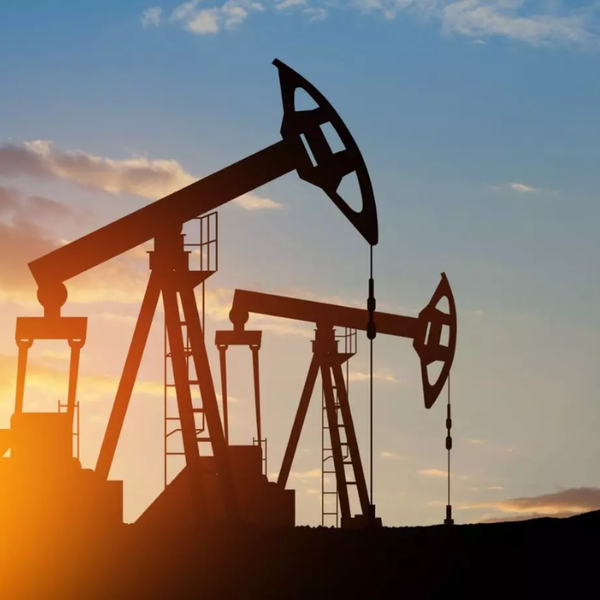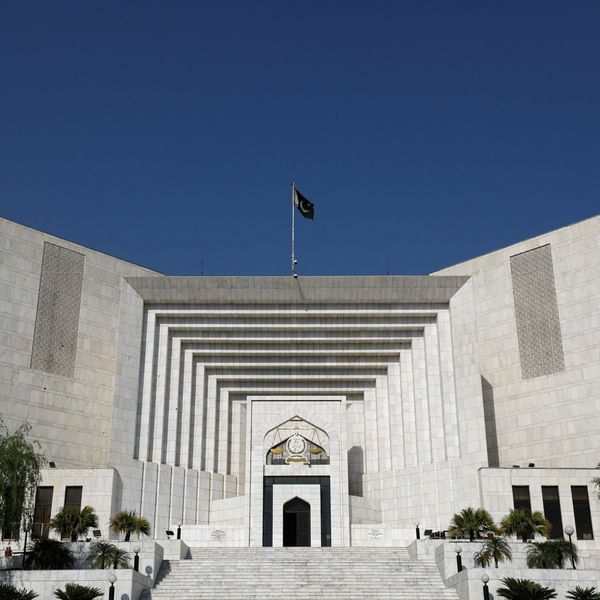Pakistan faces historic water crisis as per capita supply hits record low
Experts warn Pakistan’s water crisis has become a daily reality, threatening food security and economic stability

Javed Hussain
Correspondent
I have almost 20 years of experience in print, radio, and TV media. I started my career with "Daily Jang" after which I got the opportunity to work in FM 103, Radio Pakistan, News One, Ab Tak News, Dawn News TV, Dunya News, 92 News and regional channels Rohi TV, Apna Channel and Sach TV where I worked and gained experience in different areas of all three mediums. My journey from reporting to news anchor in these organisations was excellent. Now, I am working as a correspondent with Nukta in Islamabad, where I get the opportunity of in-depth journalism and storytelling while I am now covering parliamentary affairs, politics, and technology.

Between 1972 and 2020, Pakistan’s population increased 2.6 times, causing a massive surge in water demand.
AFP/File
Pakistan is rapidly heading toward a catastrophic water crisis — one that threatens not just its economy but also national security.
A new report presented in parliament by the Ministry of Water Resources revealed that the country’s per capita water availability has plunged to an alarming 860 cubic meters per year, down from 5,260 cubic meters in 1951. The figure officially places Pakistan among countries facing “severe water scarcity.”
According to the report, unchecked population growth remains the primary driver of the crisis. Data from the Pakistan Bureau of Statistics shows that the national population has surpassed 241.49 million, growing at an annual rate of 2.55%.
Between 1972 and 2020, Pakistan’s population increased 2.6 times, causing a massive surge in water demand. The report notes that 82% of Pakistan’s renewable water resources are now being consumed, compared to just 62% in 1977 — leaving little room for sustainability.
Federal Minister for Water Resources Muhammad Moeen Wattoo told parliament that climate change, uneven rainfall, rapid glacier melt, and shrinking storage capacity have further worsened the situation.
“The glaciers of the Himalayas, Karakoram, and Hindu Kush temporarily increase river flows, but in the long term, they pose a grave threat to Pakistan’s water security,” he warned.
He added that reservoir capacity has fallen by 15% due to silt accumulation.
The report highlights that silt buildup has reduced the combined storage capacity of Tarbela, Mangla, and Chashma dams by 15%. Their current total capacity stands at 13.32 million acre-feet (MAF) — significantly lower than their original 15.74 MAF.
Government’s response
To address the crisis, the federal government, in collaboration with the Water and Power Development Authority (WAPDA) and the Indus River System Authority (IRSA), has launched a telemetry monitoring project across 27 key points of the Indus Basin Irrigation System.
The PKR 23.83 billion initiative aims to ensure transparent water distribution and is expected to be completed by June 2028.
Expert insight
Water resources expert Dr Abdul Raouf told Nukta that Pakistan holds 2.8% of the world’s population, yet accounts for only 0.5% of global renewable freshwater resources.
“Our crisis is no longer a future threat — it’s a daily reality,” he said. “Urban water shortages, declining agricultural yields, and vanishing groundwater are all manifestations of this ongoing emergency.”
Globally, Pakistan ranks 36th in freshwater availability, compared to India’s 8th and Bangladesh’s 12th positions.
According to the World Resources Institute (WRI) and UN Water, the world’s most water-stressed nations include Yemen, Saudi Arabia, the UAE, Qatar, Kuwait, Libya, Jordan, Tunisia, Morocco, and Pakistan. Experts warn that Pakistan’s growing population, changing climate, and shrinking storage capacity are pushing it rapidly toward the top of this list.
The World Health Organization (WHO) estimates that a person needs 50 to 100 liters of water per day — roughly 18.25 to 36.5 cubic meters annually. In contrast, Pakistan’s current per capita availability stands at 860 cubic meters and is projected to drop to 500 cubic meters by 2035 — the threshold for “absolute water scarcity.”
The World Bank has warned that if urgent reforms are not implemented, Pakistan could become one of the ten most water-scarce countries by 2040.
Dr Raouf concluded, “The water crisis is no longer just an environmental issue — it’s a matter of national survival. Unless we adopt collective responsibility and change our mindset at individual, social, and governmental levels, future generations will struggle for every drop of water.”







Comments
See what people are discussing